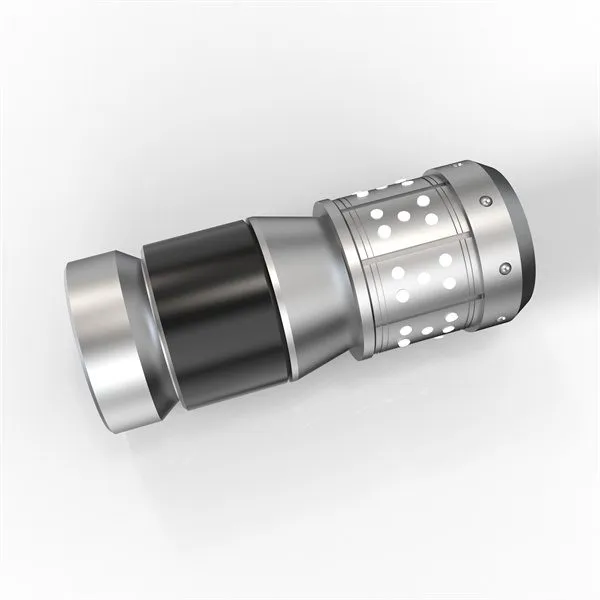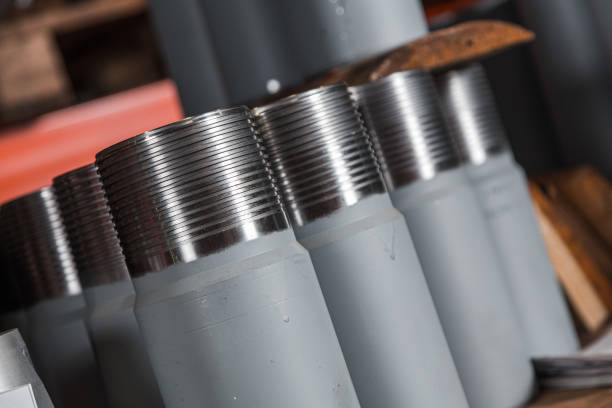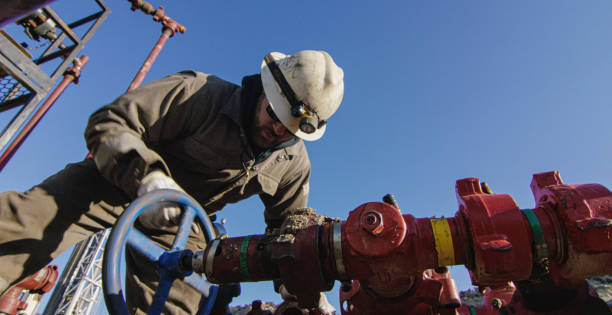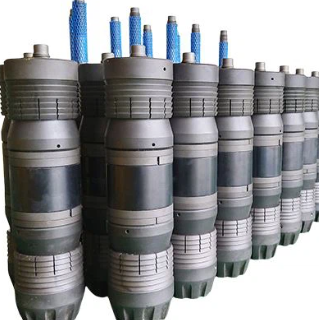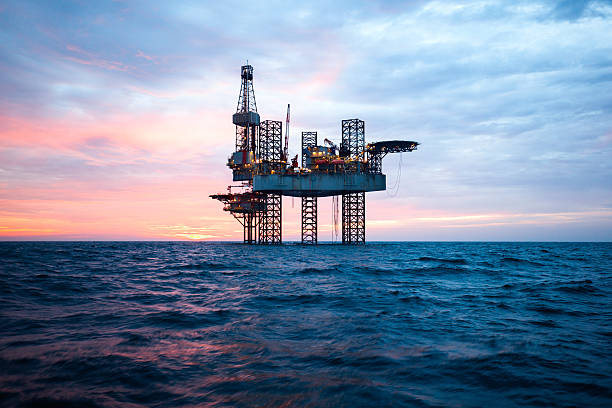
High pressure pipeline
Equipamentos de petróleo e gás
Bidirectional sealing guard and technological evolution of high-pressure pipelines

In high-pressure scenarios such as oil and gas transportation and chemical processes, traditional gate valves often face the risk of internal leakage due to the limitation of one-way sealing. The double-acting gate valve has become the ultimate solution under harsh working conditions with its unique bidirectional pressure-bearing and forced sealing design. This article will combine standards such as API 6D and ISO 14313 with engineering practices to analyze its technical principles, structural innovations and selection strategies High pressure pipeline.
Peças para campos petrolíferos
- Technical Definition and Core Breakthrough
The double-acting gate valve applies pressure in both directions through hydraulic/pneumatic actuators to achieve gapless fit between the gate and the valve seat, breaking through the three major limitations of traditional gate valves: - Bidirectional zero leakage: Regardless of whether the medium impacts from upstream or downstream, the gate is mechanically forced to press the valve seat (leakage level reaches API 598 Class VI);
- High pressure difference adaptability: can withstand Class 2500 (42MPa) pressure difference, which is 300% higher than the wedge gate valve;
- Zero pressure difference sealing: It remains sealed when the pipeline is under no pressure, solving the pain point of “cold leakage” of traditional gate valves.
Core structural innovation:
Double stem design: the upper stem transmits the opening force, and the lower stem applies the closing force to achieve bidirectional rigid drive (see Figure 1);
Self-compensating valve seat: metal sealing ring + disc spring group, compensates for temperature deformation and wear (compensation amount ≥ 3mm);
Fire safety structure: after the soft seal fails, the metal bevel contacts to form a secondary seal (in compliance with API 607 standard).
- Technology Evolution Milestones
1958
Cameron of the United States invented the first double-acting gate valve (patent US2840344), which was used for the high-pressure water injection pipeline of the Burgan oil field in Kuwait, and its service life was increased to 5 times that of ordinary gate valves.
Equipamento de cabeça de poço
1993
Aker Solutions of Norway introduced a hydraulically balanced valve stem to solve the problem of valve stem bending under high pressure (lateral force ≤ 50N/mm²).
2017
Sulzer of Switzerland developed an intelligent double-acting gate valve with an integrated strain sensor to monitor the sealing force in real time with an accuracy of ±2%.
- Typical application scenarios and technical parameters
| Scenario | Operating challenges | Solutions | Representative projects |
|||||
| Subsea pipeline terminal | 1500m water depth, 15°C low temperature | Titanium alloy valve body + PEEK valve seat | Brazil Libra oilfield FPSO |
| Shale gas supercritical CO₂ flooding | 35MPa, 70°C high corrosion | Inconel 718 valve stem + sprayed WC coating | Permian Basin, USA |
| Coal chemical synthesis gas | Dust content 200g/Nm³ | Valve seat purge port + carbide scraper | Ningxia Baofeng Energy |
| Hydrogen energy storage and transportation | Hydrogen embrittlement risk (H₂>90%) | Austenitic stainless steel + low fugitive filler | Germany GET H2 project |
Key parameter benchmark (Class 1500 DN200):
Operating torque: ≤3000 N·m (hydraulic drive)
Full stroke time: ≤15 seconds
Life cycle: ≥5000 opening and closing times (tested according to ISO 5208)
IV. Five golden rules for purchasing and selection
- Actuator selection calculation
The closing force must be greater than the medium thrust:
F_close ≥ 1.5 × (P × A_gate)P: design pressure (Pa), A_gate: gate area (m²)
Case: DN250 Class 1500 valve requires 80kN hydraulic cylinder (measured margin 25%).
- Material combination strategy
| Components | Sour environment (H₂S) | High temperature environment (>300°C) | Abrasive environment |
|||||
| Valve body | ASTM A995 Gr.4A | ASTM A217 WC9 | ASTM A352 LCB+WC |
| Gate | F6NM+Stellite 21 | 304H+Stellite 6 | 174PH+CrC |
| Valve seat | Inconel 625 | Stellite X40 | Silicon carbide sintered body | - Certification system list
API 6D (Pipeline valve)
ISO 158481 (Low emission certification)
NACE MR0175 (Sulfur corrosion resistance)
PED 2014/68/EU (EU pressure equipment) - Intelligent operation and maintenance configuration
Digital twin system: ANSYS simulates stress distribution during opening and closing
Acoustic emission monitoring: Capture micro cracks in valve seat (sensitivity 0.1mm)
Predictive maintenance: Predict faults through changes in torque curve (such as Sulzer ValveTracer system)
Gate Valve / (API 6A Gate Valve)
V. Technological frontier: Four-fold transformation drives the future
- Ultra-high pressure hydrogen seal
Japan’s JFE develops metal/graphene composite valve seat that can withstand 100MPa hydrogen pressure (commercialization in 2025). - Self-powered actuator
Canada’s EnerBee micro-generator uses valve stem kinetic energy to generate electricity, replacing external hydraulic sources (measured output 20W). - Additive manufacturing breakthrough
Siemens Energy uses 3D printing to manufacture topologically optimized valve bodies, reducing weight by 40% and increasing life by 3 times. - AI control algorithm
Emerson’s Plantweb platform achieves dynamic optimization of sealing force and reduces energy consumption by 30%.


